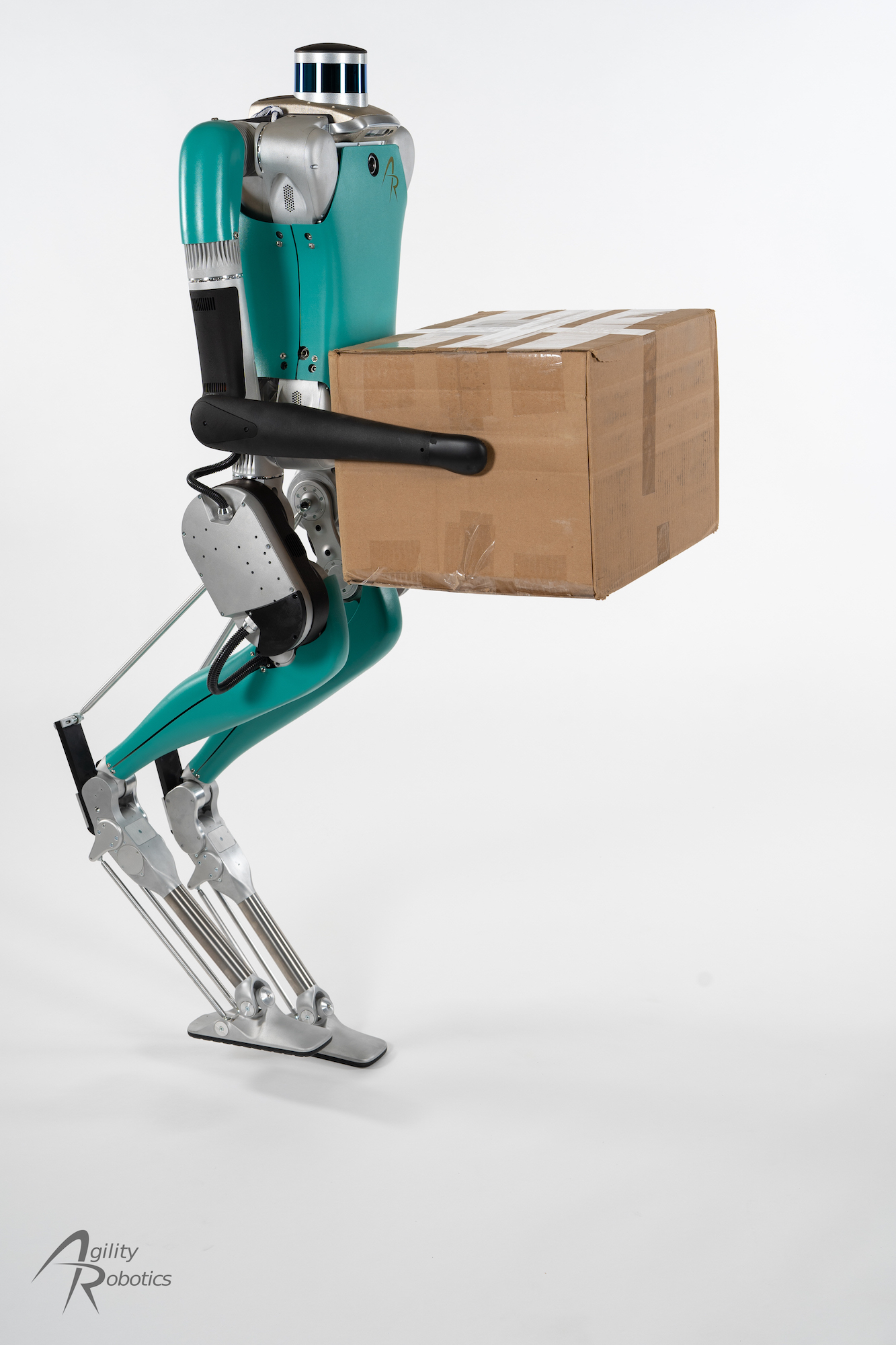Portland State President Stephen Percy gave a presentation to the Board of Trustees on Oct. 5 outlining strategies to ensure PSU’s financial sustainability in the future. The presentation was given following a 4.9% tuition increase in June and a recent study released by the Homelessness Research and Action Collaborative, which found that 60% of students struggle with basic needs insecurity.
In conjunction, the two events raised a major concern among BOT members; How can PSU continue to annually raise tuition costs while a significant number of students are facing financial distress?
“I’d encourage everyone to read [the HRAC report] with some care—it opened my eyes,” said BOT chair Greg Hinckley. “We have a large community within the student body of [PSU] that are under a great deal of difficulty.”
Percy said last year, as interim president, many BOT members expressed concerns about the long term financial picture of the institution, and that a sustained period of enrollment decline was generating a serious financial challenge. Annual tuition increases were also a major concern.
“I look forward to the opportunity to discuss ideas as well as challenges and strategies regarding the long term financial sustainability of the university,” Percy said.
According to Percy, the COVID-19 pandemic exacerbated financial difficulties and created an imperative for PSU administration to take action.
“In March, the [PSU] executive team became absorbed in responding effectively to the COVID-19 pandemic…while important questions remain, evidence shows that we have weathered the storm better than we might have imagined, and better than several Oregon universities,” Percy said. “Fundamentally, we have recognition on many fronts that a continued pattern of annual 5% tuition increases is unlikely to be affordable to our students and be sustainable for our future.”
“Strategies for innovation”
Percy then laid out plans for PSU to ensure the university’s financial sustainability and relevance in the future. These include:
Academic program innovation
According to Percy, this means creating new academic programs that respond to growing needs in the marketplace, industry and civic center for new and different kinds of programs.
Investment in high demand programs
This means allocating funds and realigning resources to increase instructional capacity in PSU’s most popular programs, such as the school of business and the college of engineering and computer science.
Expanding Online Learning Opportunities
“Clearly, the movement to remote learning has had a lot of impacts, and one of them may be an impact on a growing demand for online programs,” Percy said.
PSU has invested in fully online academic programs—however, according to Percy, many of these programs need to be expanded and others added in order for PSU to compete with other colleges nationwide.
Growing non-degree professional education
Like most universities, PSU focuses on degree-based education. However, Percy wants to see more programs based on professional and personal growth separate from traditional academic pathways.
“[Non-degree programs] are consistent with our educational mission and an area where I think we can expand,” Percy said. “This is also an area where there isn’t any clear dominance of any other institution, at least in our metropolitan area doing this.”
Invigorating summer school
PSU has already begun the process of creating more summer school programs, and Percy would like to see even more summer school programs in the future.
“We increased summer school by 11% over the previous year, and that has indicated positive revenue both to the last fiscal year, and to this fiscal year as well,” Percy said.
Learning from PSU’s Futures Collaboratory
PSU’s Futures lab is a relatively new program that brings together educators and students to think about how to identify and address problems of the future. Percy would like to use this program to help PSU move forward.
“What we’ve asked them to do this year is to spend more dedicated time looking at the way we offer our programs, the pedagogy of our programs, the way we organize programs, and look at alternatives and try to look at them from a futurist perspective,” Percy said. “What do we expect the future demand for education to be, and how can we put ourselves forward in ways that are beginning to move in that direction?”
Lastly, Percy also discussed how altering PSU’s tuition system and state funding will be essential to PSU’s financial sustainability moving forward. According to discussions among BOT members at the meeting, many, if not all of these plans, will take years to implement and to increase revenue and student retention.
Catch-22
Hinckley and BOT member Wally Van Valkenburg identified the central issue facing the institution in this exchange:
“When you have 46% of your students saying that they’re housing-stressed and living in temporary accommodations provided by friends and others, that means we have enormous price sensitivity by our customers: the students,” Hinckley said. “We need to start introducing things that can reduce that rate of 5%, or, what I’m afraid of is that we will have an avalanche of decline in enrollment and we’ll really be in a fix.”
“Today, we’re at a point of urgency,” he said.
“I would argue for some scenario where we don’t increase tuition by 5%, where we don’t completely drain our reserves and where we reduce the overall cost [to the university],” Van Valkenburg said. “What’s that going to look like?”
“Any change we’d like to make requires the consent of the faculty senate, and that’s a really slow process,” Hinkley said. “We might be able to get rid of a few janitors, but, you know, everybody is unionized.”
“If we can’t balance the budget because we can’t reduce costs, and we don’t feel like we can increase tuition because that’s going to drive enrollment down, and we don’t feel like we’ve got any more room to reduce the reserves, than how do we as board members fulfill our fiduciary responsibility to the institution?” Van Valkenburg asked.
“We’ve got to come up with alternative sources of revenue, and it’s got to be done sooner, not later,” Hinkley said. “I say there’s a time right now that we’ve got to start doing something differently, or we’re going to be in a heap of trouble.”






